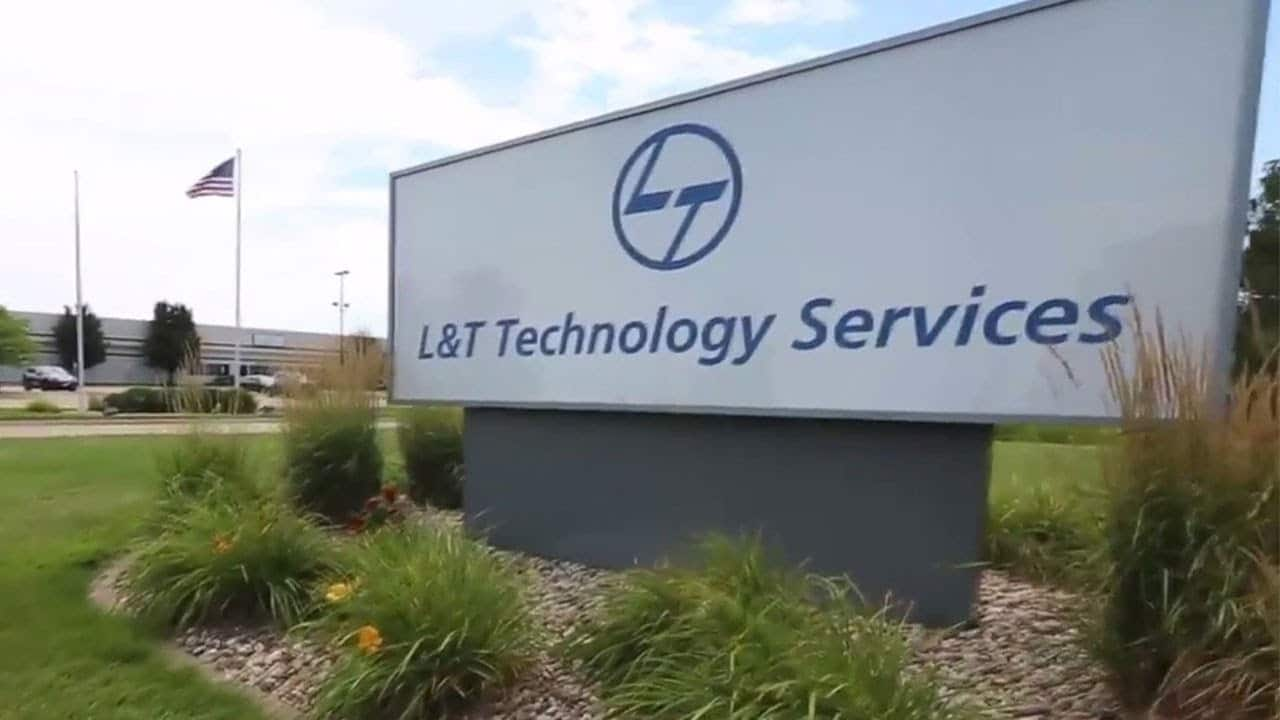 |
|
Larsen & Toubro Technology Services (LTTS) announced its financial results for the third quarter (Q3) of fiscal year 2025 (FY25), revealing a mixed performance. While the company experienced a notable increase in revenue, its net profit saw a slight decline. This report delves into the specifics of LTTS's Q3 performance, analyzing the factors contributing to both the revenue growth and the profit dip. The detailed examination will encompass the company's overall financial health, its various business units' performances, and the implications of its recent acquisitions on its future growth trajectory. The impact of the global economic climate and its potential influence on LTTS's future performance will also be considered. Furthermore, we will explore how the company plans to navigate these challenges and maintain its competitive edge in the technology services sector.
The most striking aspect of LTTS's Q3 results is the divergence between revenue growth and profit margin. The company's revenue from operations surged by 9.55% year-on-year, reaching Rs 2,653 crore compared to Rs 2,421.8 crore in Q3 FY24. This significant increase suggests strong demand for LTTS's services. However, the net profit only reached Rs 322 crore, a 4% decrease from the Rs 336 crore reported in the same period last year. This discrepancy necessitates a deeper investigation into LTTS's operating expenses. The company's expenses increased by 11.29% year-on-year to Rs 224.66 crore, indicating a widening gap between revenue generation and operational costs. A significant portion of this expenditure relates to employee benefits, amounting to Rs 139.51 crore. This highlights the increasing importance of human capital in LTTS's operations and the potential pressure on profit margins due to rising personnel costs. Analyzing the breakdown of these expenses, and comparing them to industry benchmarks, is crucial for a comprehensive understanding of LTTS's financial position.
A key factor influencing LTTS's Q3 performance is the performance of its individual business units. While the overall revenue showed positive growth, the mobility business unit demonstrated a slower pace of expansion, experiencing a revenue growth of only 4.1%. This is the slowest growth rate for this unit since the company began disclosing such data, raising concerns about potential market saturation or increased competition. Analyzing the reasons behind this slower growth is crucial to understand the specific challenges faced by this segment and to formulate strategies for improvement. Contrastingly, other business units might have significantly contributed to the overall revenue growth, balancing out the impact of the slower growth in the mobility sector. Furthermore, the acquisition of the US-based software firm Intelliswift is expected to contribute to the company's future growth. This acquisition signals LTTS's strategic intent to expand its capabilities and market presence. The impact of this acquisition on the current quarter's performance might be minimal, but it promises to positively influence LTTS’s financial standing in subsequent quarters. The integration process and potential synergies resulting from the acquisition need to be carefully scrutinized to assess its long-term contribution to the company's profitability and overall growth.
The market reacted positively to LTTS's Q3 results, with the company's shares closing 3.10% higher at Rs 4,852.75 apiece on January 15. This positive market response suggests investor confidence in LTTS's long-term prospects, despite the slight decline in net profit. However, a sustained increase in share price requires consistent performance and strategic planning. LTTS has revised its revenue growth forecast for FY25 to near 10%, up from its earlier projection of 8-10%. This upward revision underscores the company's optimism regarding its future prospects. This optimistic outlook is likely influenced by the Intelliswift acquisition and the overall positive trends observed in the technology services sector. However, careful analysis of potential market fluctuations, competition, and the global economic climate is essential for ensuring the accuracy of this forecast. Maintaining this projected growth will require addressing challenges such as rising operating expenses and slower growth in certain business units, while leveraging the strengths of its acquisitions and expanding into new market segments. Monitoring key performance indicators (KPIs) such as customer acquisition cost, employee turnover rates, and project completion rates will provide valuable insights into the company’s operational effectiveness and help in making data-driven decisions.
In conclusion, LTTS's Q3 results present a complex picture. While the substantial increase in revenue is encouraging, the decrease in net profit necessitates a detailed analysis of operational costs and individual business unit performances. The company's upward revision of its revenue growth forecast reflects confidence in its future performance, driven by recent acquisitions and anticipated market trends. However, sustained growth requires careful management of operational efficiency, addressing challenges in specific business units, and actively mitigating risks related to the global economic environment. Continued monitoring of financial performance and strategic adaptation will be key to LTTS maintaining its competitive edge and achieving its projected growth targets.
Source: L&T Tech's Q3 net profit falls 4% to Rs 322 crore, revenue rises 10% to Rs 2,653 crore
